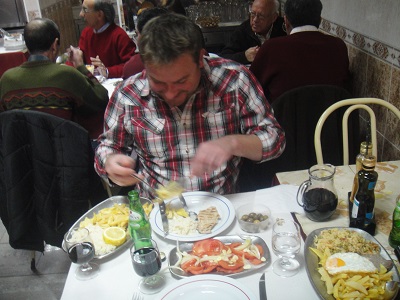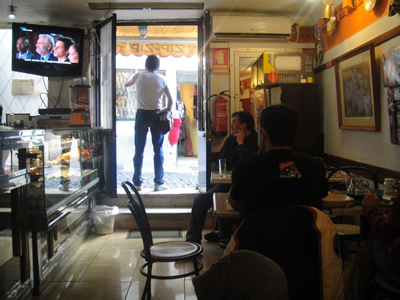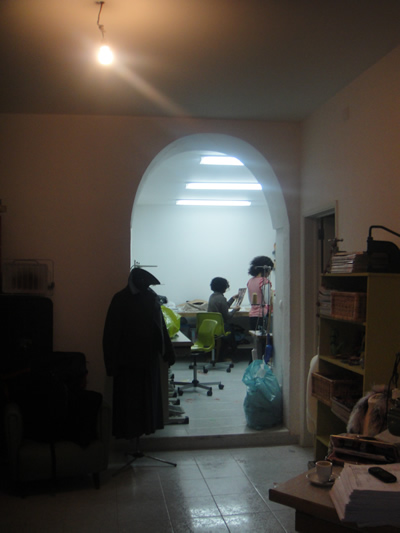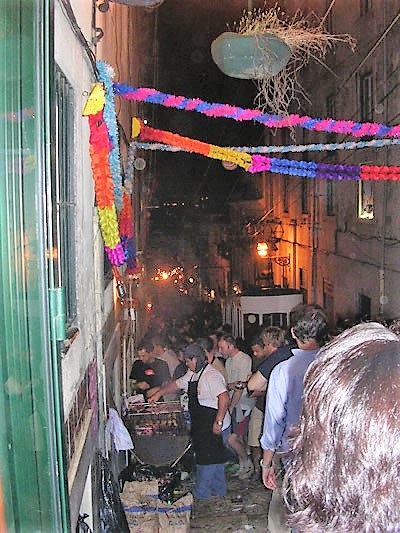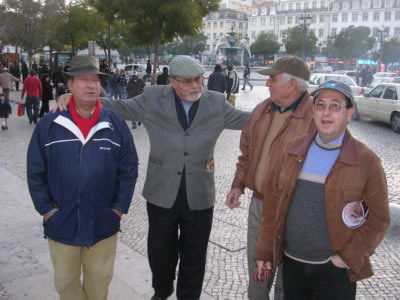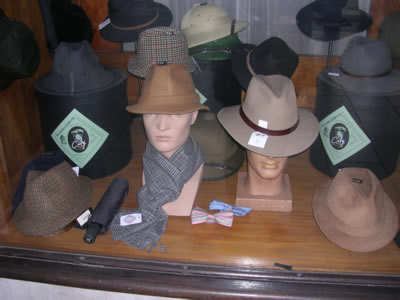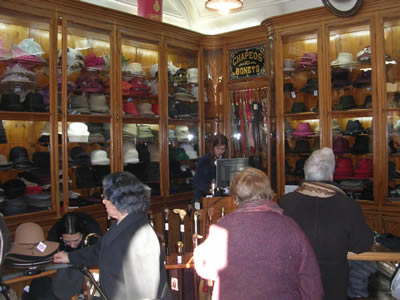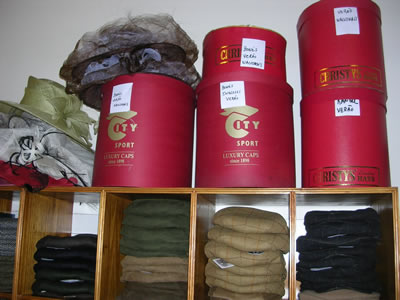Although public transport (tram 28) is much cheaper, this historical red tramcar tour allows you to know the most picturesque neighborhoods of Lisbon in a friendly and comfortable way, while listening to the commentary available in several languages or melancholic melody of fado music.

Historical red tramcar tour &Praça do Comércio Lisbon
Tickets
Red tram tour, leaving from one of the most beautiful squares in the world: Praça do Comércio where you can buy a ticket. From around € 17-20 p.p. Child (4-9) around € 10
You will pass the narrow and steep streets of the city’s traditional quarters. You will see chatting people on doorsteps and feel the village atmosphere of Alfama and Mouraria and reveal a sharp contrast to the elegant, noble buildings of Chiado and Lapa. You will certainly fall in love with Lisbon and sooner or later you will come back……

Red tram driver Paulo Dias historical red tramcar tour Lisbon
HOP ON HOP OFF
“You can take advantage of the ‘Hop On Hop Off” system. This allows tourists to get off at each stop (20 min.), visit the surrounding area, and then get back on the tram or wait for the next one.
Tickets & prices
The ‘ 7 Colinas‘ (hills) route (about 1 1/2 hour, ) departs every 30 minutes, from 10:00-20:00 (from June-Sept), from 10:20-17:40 (Oct-May).

Historical red tramcar tour Lisbon
“The ‘Carristur’ company has faithfully restored the interior of the trams dating from the thirthies and fourties, preserving their charm and original character.

Historical red tramcar tour Lisbon
Little church in Mouraria. More about this old neighborhood, home of fado music…..
This ‘ 7 Colinas’ (hills) route goes through the oldest and most traditional districts, giving its passengers a real taste of the city. Mouraria, Alfama, Chiado, Sao Bento and Estrela are just some of the districts that can be seen in the tram.

Historical red tramcar tour Lisbon
Alfama. This street is close to the legendary Feira da Ladra (‘thieves market’) and the castle of São Jorge (Castle of Saint George)
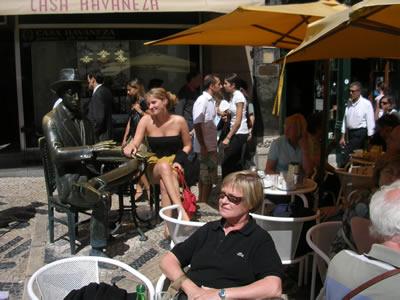
Historical red tramcar tour Lisbon
Chiado, Rua Garrett. Famous cafe ‘A Brasileira’ with the statue in bronze of the poet Fernando Pessoa, mobbed by lots of tourists, all day long! And of course you will pass the Bica funicular

Historical red tramcar tour Lisbon
Rua Sao Paulo/Rua da Boa Vista

As a tourist you will see a lot of other tourists waiting for tram 28
TRAM 28 (eletrico) is very popular . The number of tourist has been increased (2016), which means that tram 28 route is mostly fully packed.

Historical red tramcar tour Lisbon












